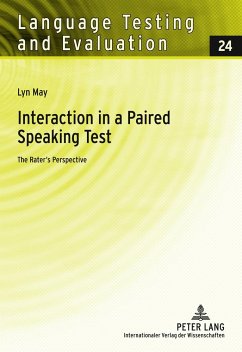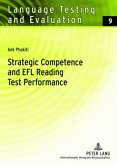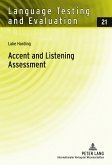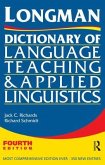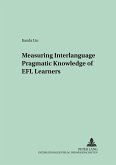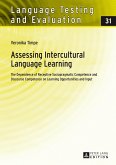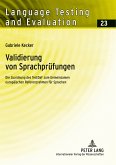Paired speaking tests are increasingly used in both low- and high-stakes second language assessment contexts. Until recently, very little was known about the way in which raters interpret and apply descriptors relating to interactional competence to a performance that is co-constructed. This book presents a study which explores the interactional features of a paired speaking test that were salient to raters and the extent to which raters viewed the performances as separable. The study shows that raters use their own frames of reference to interpret descriptors and that they viewed certain features of the performance as mutual accomplishments. The book takes us 'beyond scores', and in doing so, contributes to the growing body of research on paired speaking tests.
Bitte wählen Sie Ihr Anliegen aus.
Rechnungen
Retourenschein anfordern
Bestellstatus
Storno

